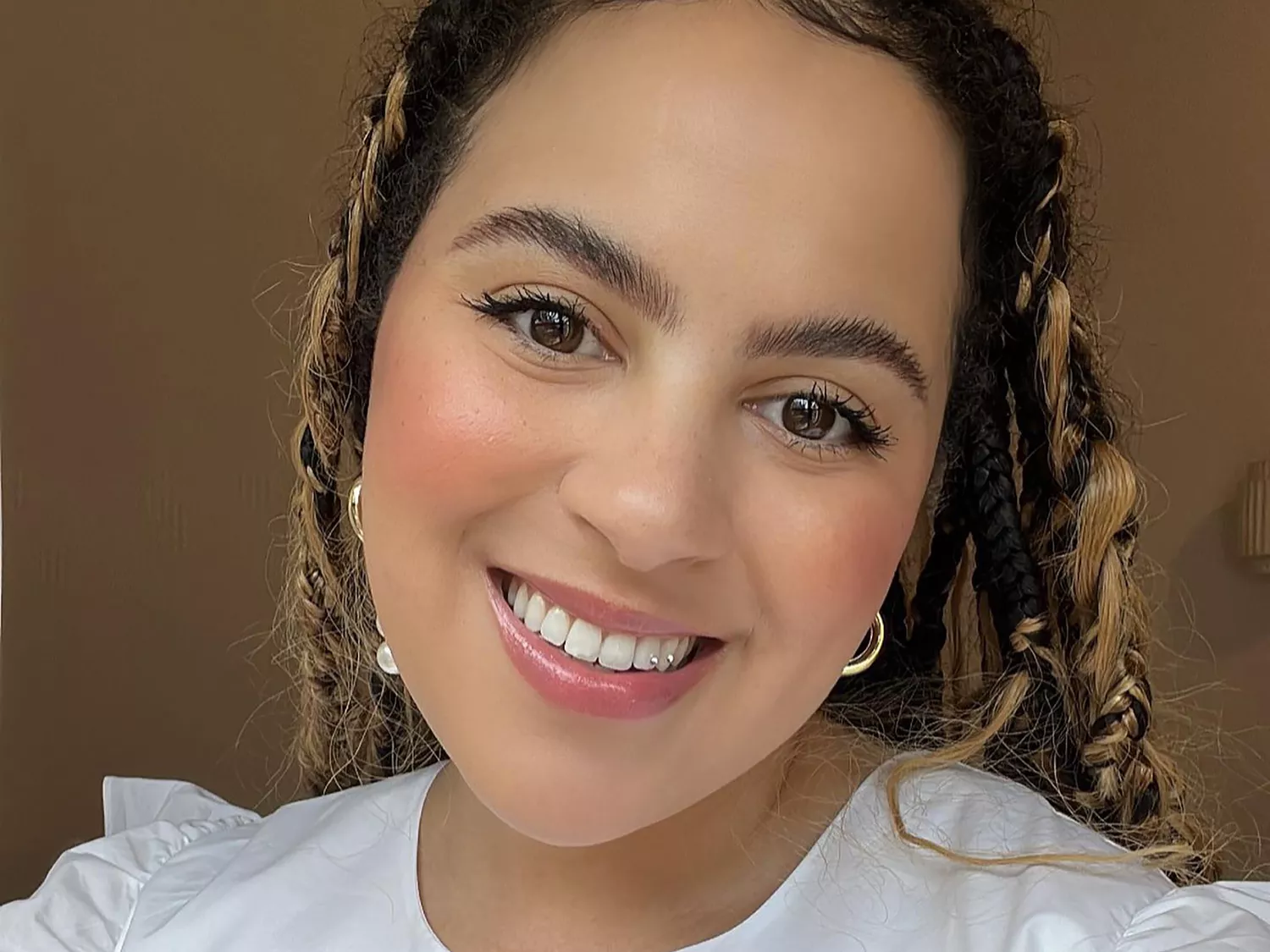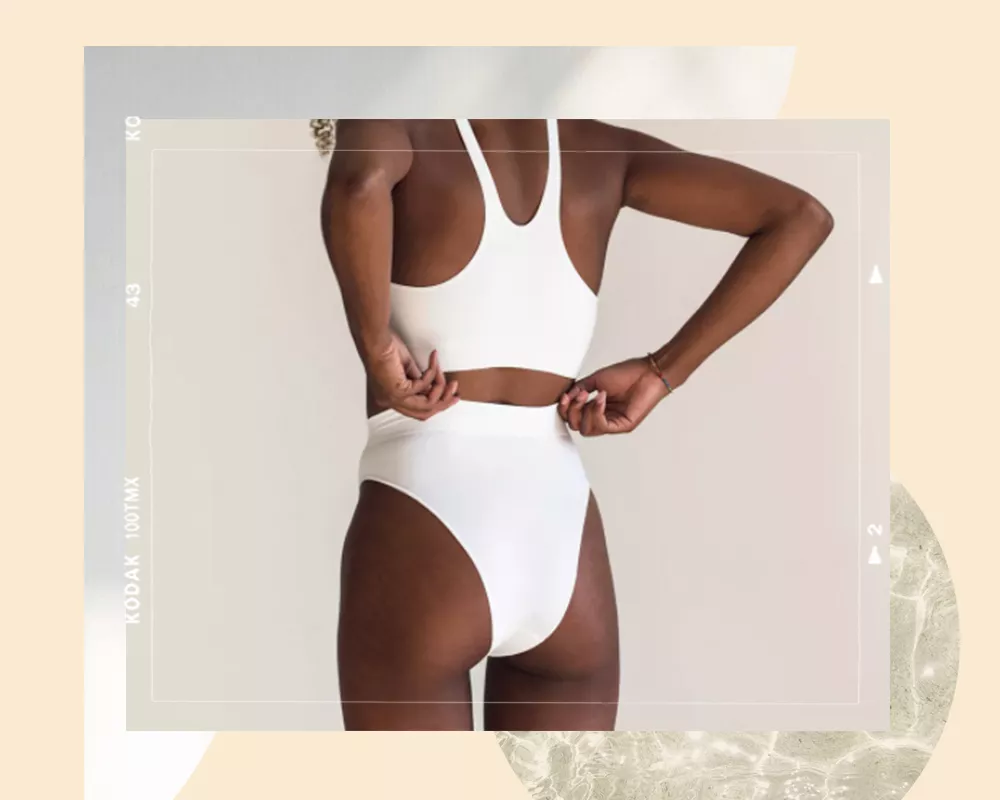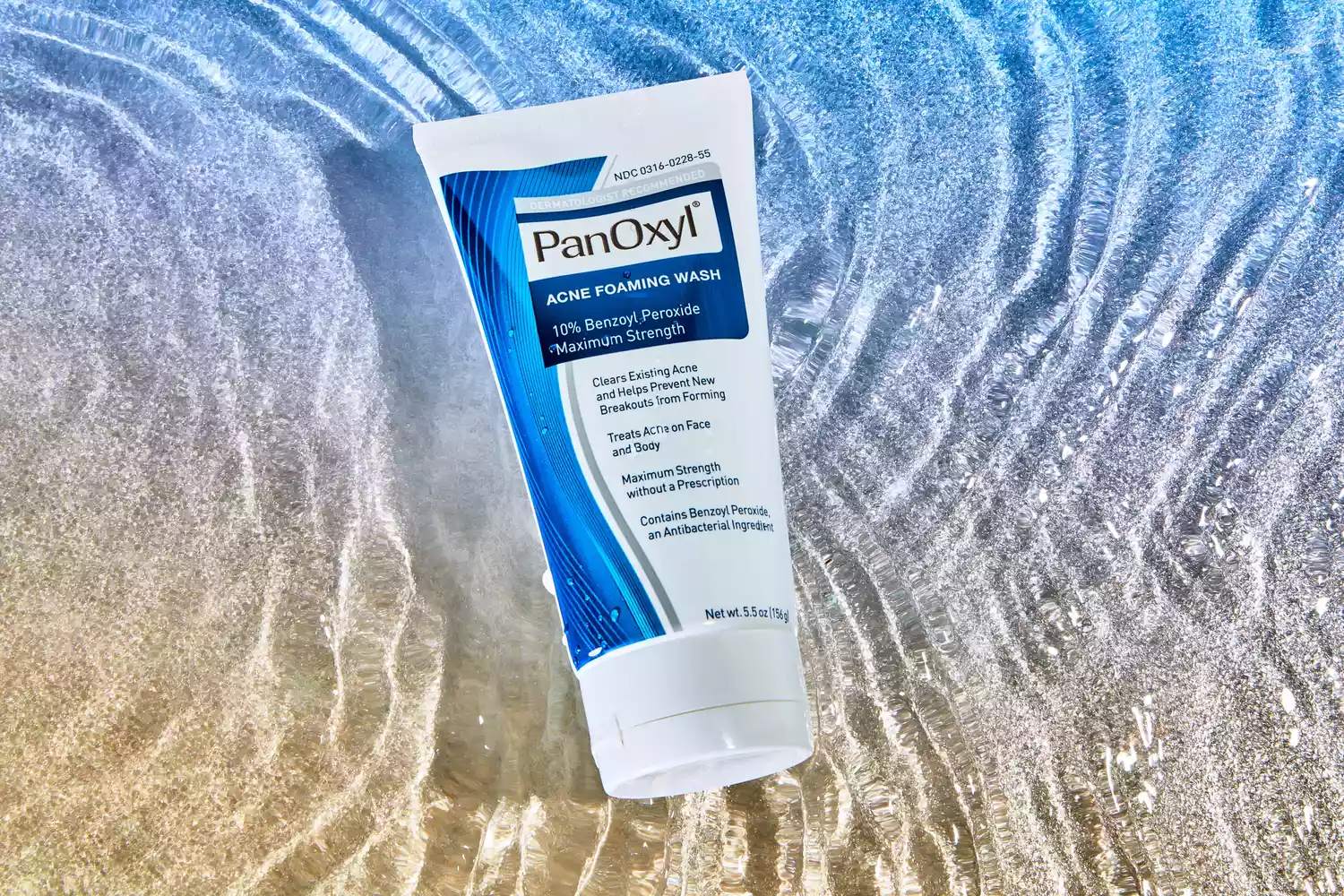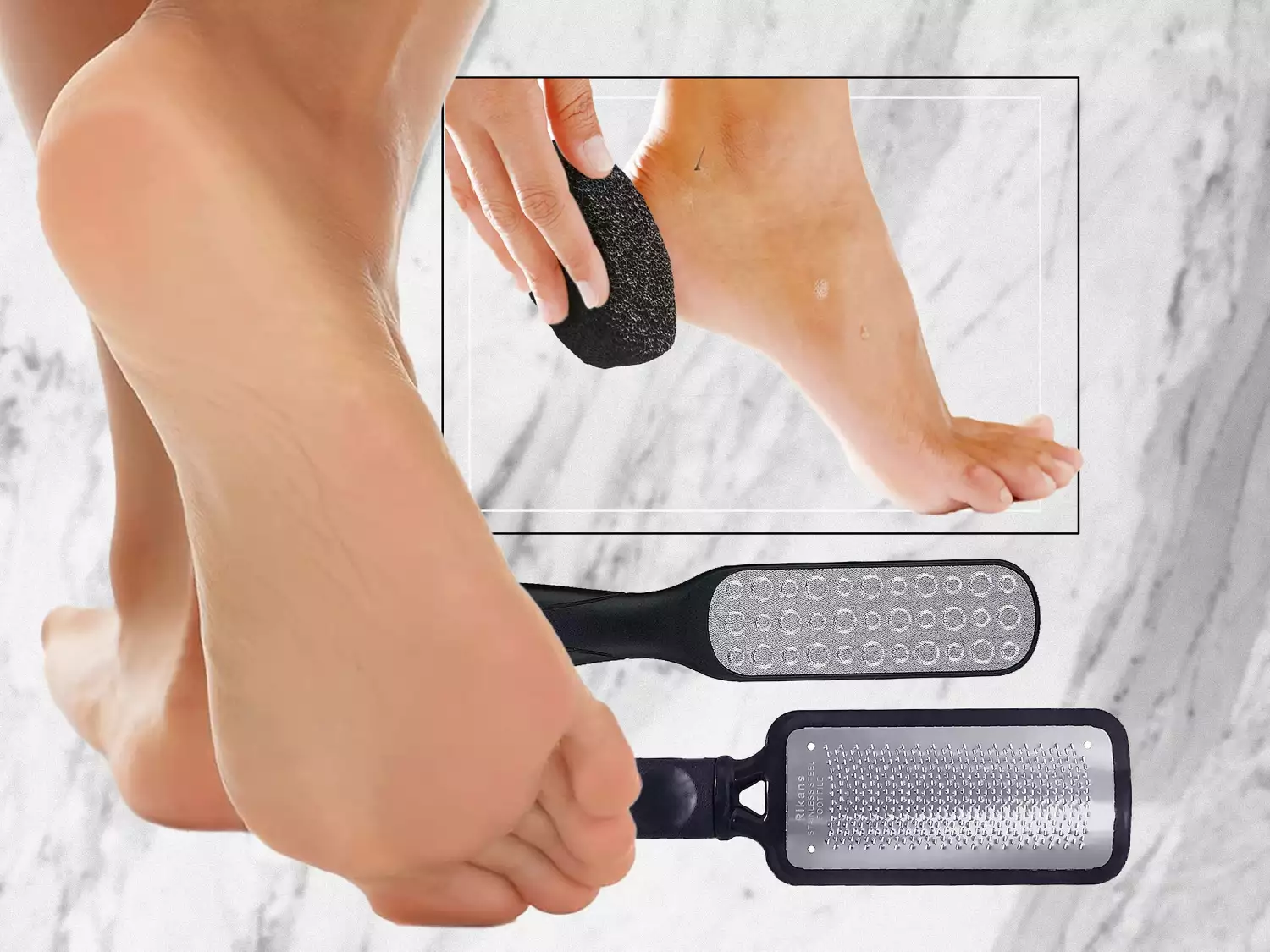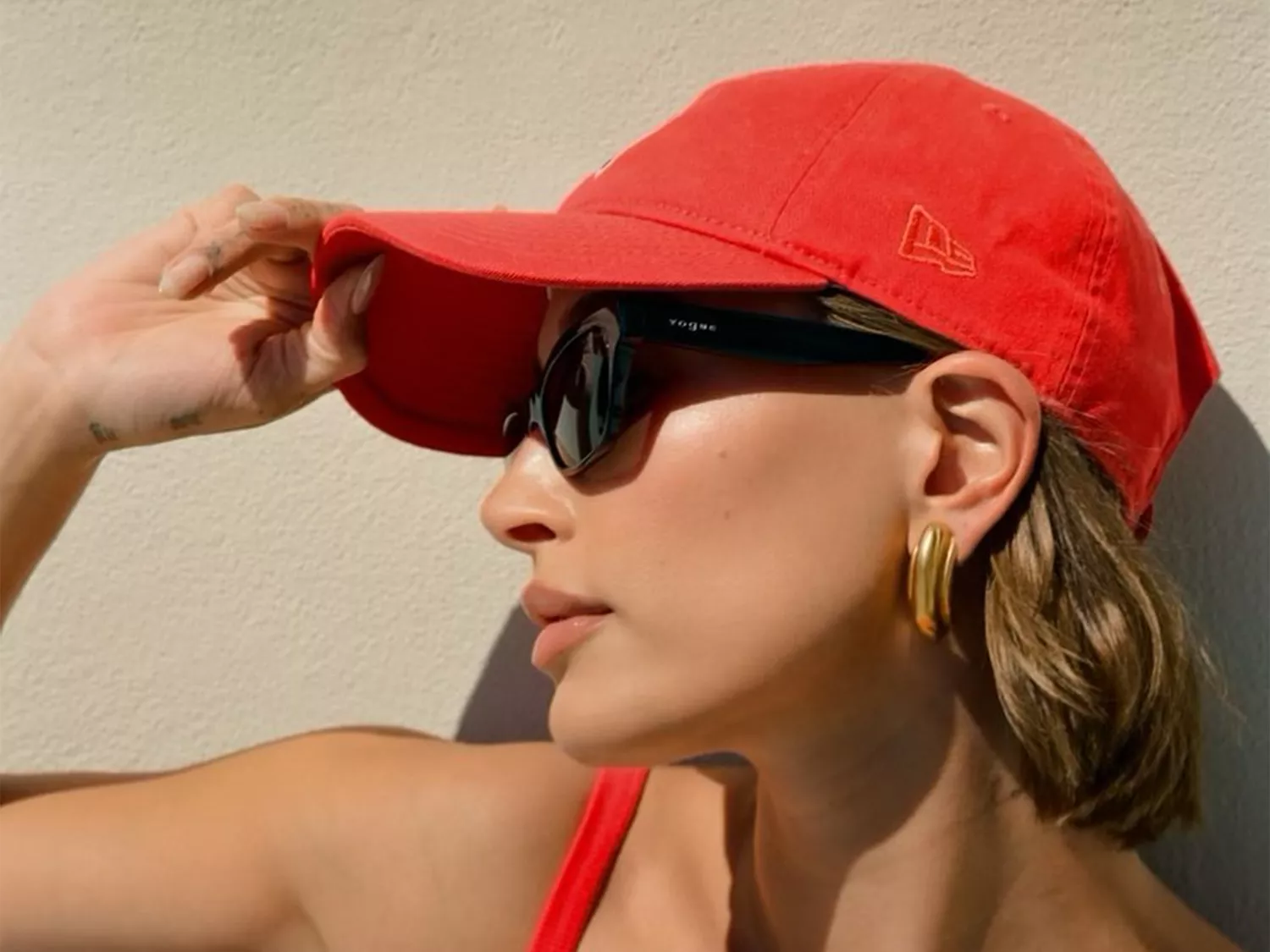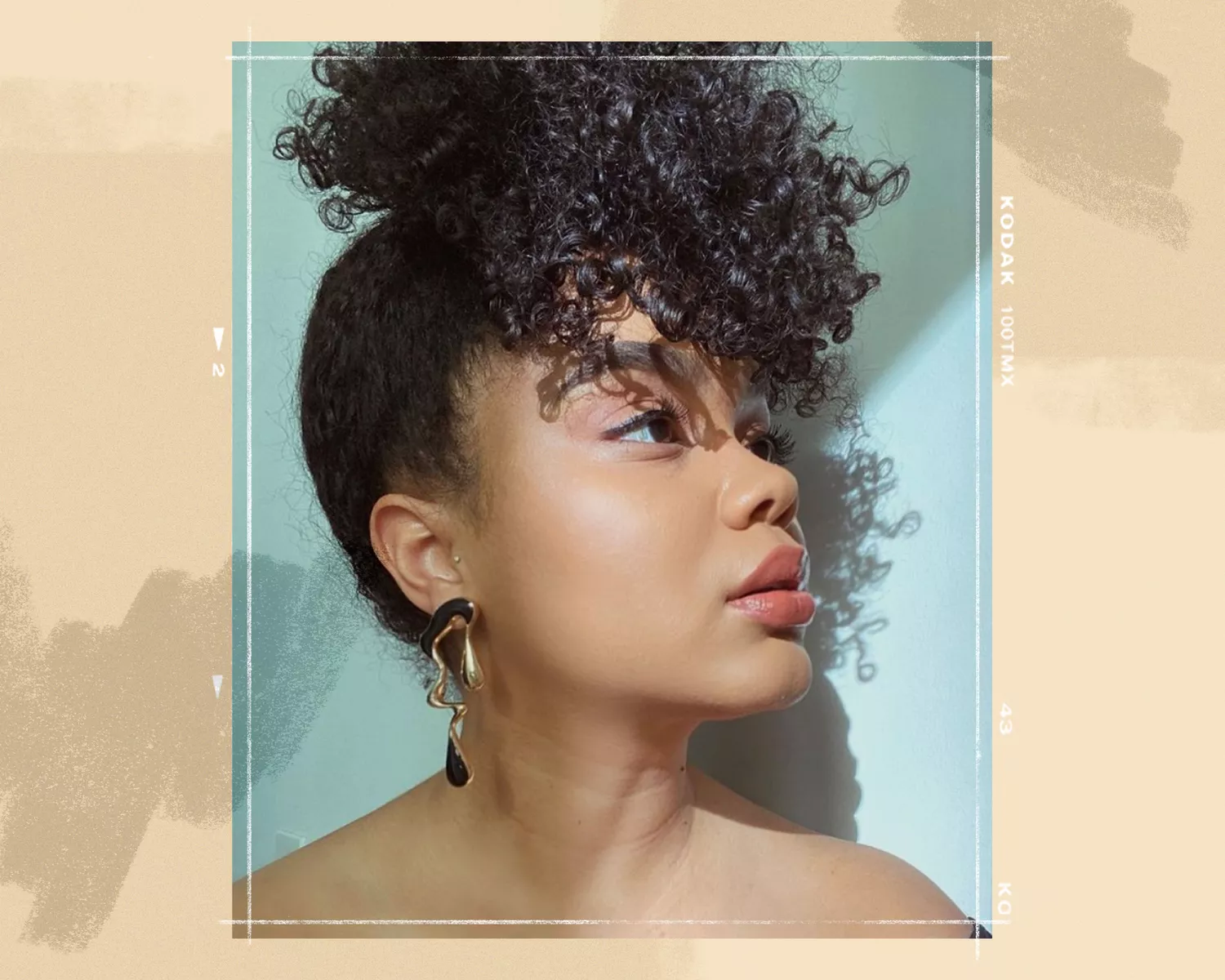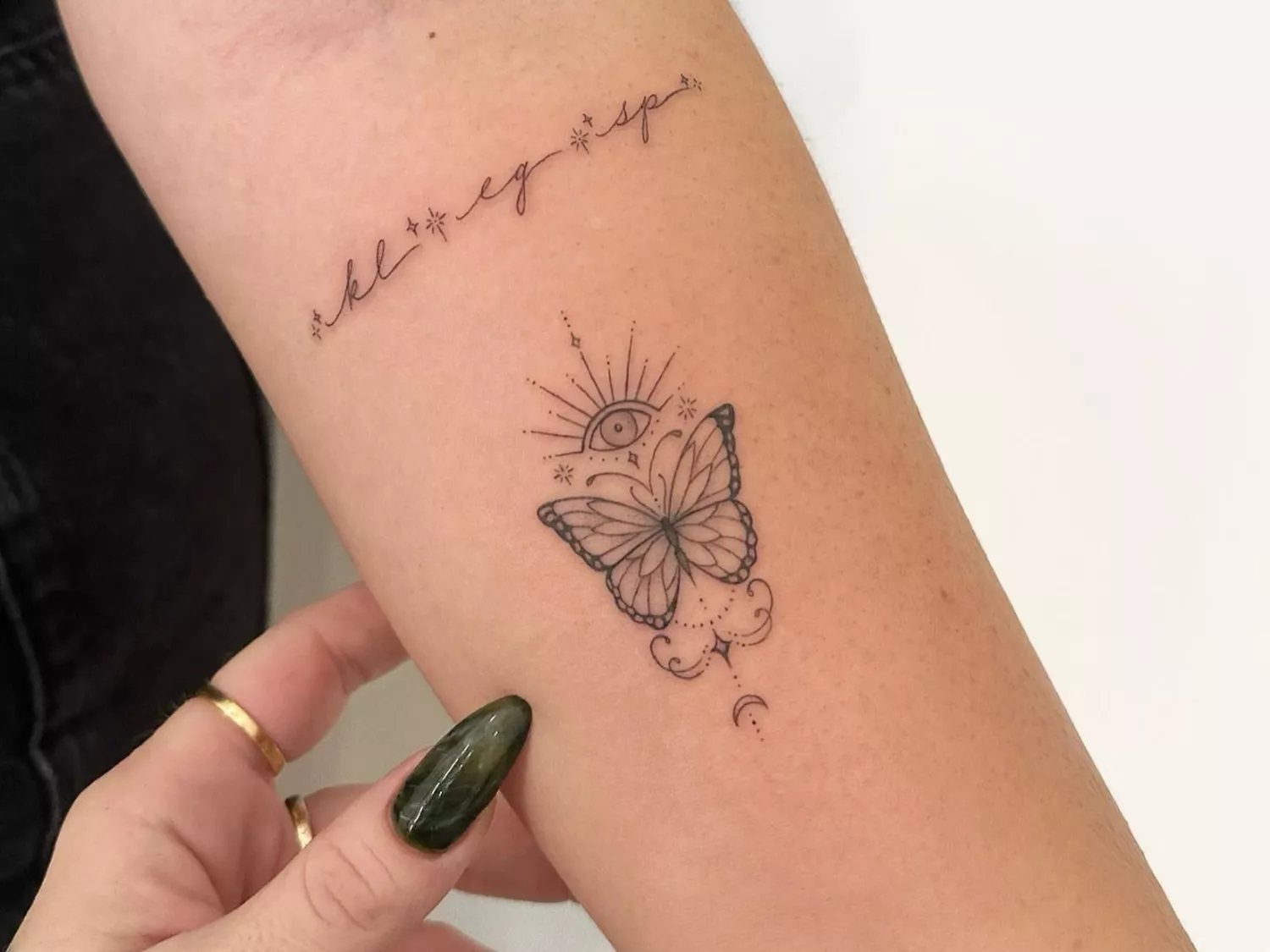
@joannamroman / Instagram
If you have a collection of tattoos, you already know the drill. But, if youre stepping into the world of ink for the first time, its important to understand what the tattoo healing process is like before you make your appointment. After all, nothing would be more frustrating than getting the tattoo of your dreams only for it to get infected or leave you with excess itchiness, pain, and/or inflammation.
Additionally, not being aware of temporary side effects, like bleeding or swelling, can be scary if youre not expecting them. For example, did you know that a finger tattoo may have a different healing process than one on your forearm? Factors such as tattoo placement actually have an effect on how long it takes for your tattoo to reach peak condition.
Theres a lot to consider, but worry not. Here, we tapped board-certified dermatologist, Liza A. Moore and professional tattoo artist, Adam Makharita, to share the ins and outs of the tattoo healing process. From what to do, what to avoid, and when to go see a doctor. Keep scrolling to learn everything there is to know about the stages of tattoo healing.
Meet the Expert
Dr. Liza A. Moore is a board-certified dermatologist specializing in cosmetic dermatology. Her wide breadth of expertise includes injections, lasers, peels, PRP, and more. Adam Makharita is a tattoo artist based in New York City where he specializes in graphic and realist designs.
Tattoo Healing Stages
A normal healing tattoo will go through three broad stages of healing.
Days 1-3 — Inflammation: It is normal for a tattoo to be red, swollen, and tender for the first 48 to 72 hours. There may also be some oozing of blood and/or ink during this time period.1Makharita notes that these symptoms should improve significantly each day. Prolonged symptoms should be evaluated by your tattoo artist and/or a physician.Days 4-14 — Visible Recovery: As the healing process continues, the top layer of skin peels, flakes, scabs, and itches— similar to the response the body makes as it recovers from a sunburn. This is a normal, healthy recovery process.2Avoid scratching, rubbing, picking at scabs, and physically removing peeling skin. Doing these things might only cause more injury and prolong the recovery period.Days 14-30 — Invisible Recovery: The visible signs noted above have typically resolved by the third week post-procedure. In our experience, however, the tattoo may remain dull and dark until approximately one month. At the one-month mark, the tattoo will likely have taken on its permanent vibrant color. Remodeling of the skin underneath the tattoo will continue for three to six months when the tattoo is fully healed.
How Long Does the Tattoo Healing Process Take?
In general, it takes approximately one month from the time of tattooing for a tattoo to take on its final form in a young, healthy individual. Though, as mentioned above, tattoos are considered fully healed around three months. However, there are some factors that can influence healing time. For one, tattoos with more saturated color areas may take slightly longer to heal. Makharita explains that saturated pigment requires more needle pricks to deposit ink than finer tattoos. This may create a larger inflammatory response, potentially requiring a longer recovery phase.
Tattoo Healing and Aftercare Tips
Both experts have slightly different post-care instructions, but the core of their routine is the same: The body is capable of healing the wound as long as we don’t get in its way. Makharita emphasizes that improvement should occur daily, and that lack of daily improvement may be a sign of delayed wound healing or infection.
Use a breathable bandage the first week:Since tattoos create an opening in the skin that allows bacteria entry, Dr. Moore recommends covering the tattoo with an adherent, breathable bandage, such as Derm Shield ($35) for the first week. These bandages are meant to protect the wound from infection while allowing it to breathe. She recommends washing the skin with a gentle soap and water and reapplying the bandage daily for the first week. After the first week, the bandage can be removed. However, it’s important to continue to apply a healing ointment on the tattoo until all signs of healing have resolved.Cleanse with antibacterial soap:Makharita applies a breathable bandage immediately after tattooing and prefers for clients to leave this initial dressing on for three days. After removing the breathable bandage, Makharita recommends cleansing with antibacterial soap twice a day.Break out the healing ointment:After the breathable bandage comes off and youve cleansed with antibacterial soap twice daily for about three days, Makharita recommends slathering the area with Aquaphor Healing Ointment ($13) daily. After the first week of doing this, he recommends clients then transition to daily cleansing and application of a gentle, fragrance-free lotion, such as Eucerins Advanced Repair Lotion ($10).
How to Know If Your Tattoo Isn’t Healing Properly
There are a few tell-tale signs that your tattoo isnt healing properly. Namely, if youre experiencing any redness, puffiness, or itching beyond a few days, consult with your physician. Also, if you notice any fluid or pus oozing from the tattoo, this may be a sign of infection.1
The Final Takeaway
The tattoo healing process is fairly straightforward. Swelling, pain, and oozing typically resolve by day three and are followed by itching and peeling for another week, in our experts experience. Your tattoo may even look darker and duller than expected for the first month. Follow the proper course of care from your dermatologist and/or tattoo artist, as proper care may help protect you from infection and create a better tattoo result.
FAQ
Should I cover my new tattoo at night?
The first night with your fresh ink, you might want to wrap the area in plastic. (But consult with your tattoo artist for their advice on the matter.) After that, you want to make sure the tattoo is getting as much air as possible, free of coverage.
LEARN MORE: Tattoo Aftercare Guide: How to Care For Your New TattooCan I wear clothes over a new tattoo?
You can definitely wear clothes over your new tattoo (depending on where you’ve been inked, you might have to). Just make sure to opt for loose, natural fabrics like cotton, and avoid tight clothing that could rub against the tattoo.
When can I touch my tattoo?
Be sure to ask your tattoo artist for their specific instructions, but in general, your tattoo should stay under the initial bandages for a least a few hours. During the healing process, you should try to only touch your tattoo when cleaning it—and when cleaning it, make sure youve washed up first. “The most important step would be to clean your hands before you clean your tattoos,” says tattoo artist Tuki Carter. “[I recommend that] you listen to the verbal directions [from your tattooer] first, then refer to the written directions after.”
2023s Coolest Tattoo Trends Include Chrome, Color, and Lower Back Placement
Article Sources
We takes every opportunity to use high-quality sources, including peer-reviewed studies, to support the facts within our articles. Read our editorial guidelines to learn more about how we keep our content accurate, reliable and trustworthy.
American Academy of Dermatology Association. Tattoos: 7 unexpected skin reactions and what to do about them.
Cleveland Clinic. What to expect when you get a tattoo . Updated October 2, 2020.


